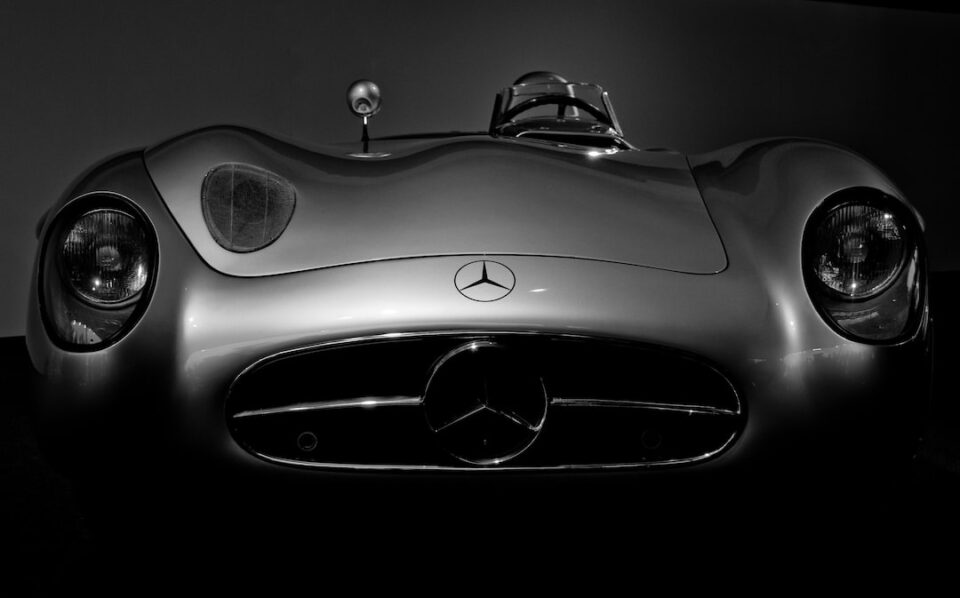The history of automotive design dates back to the late 19th century, when the first vehicles were manufactured. Since then, car design has undergone a remarkable transformation, with designers pushing boundaries and experimenting with new forms and technologies to produce cars that are not only functional but also beautiful.
The early years of car design saw vehicles that were primarily functional, with little thought given to aesthetics. However, it did not take long for designers to recognize the importance of appearance, and by the 1920s, cars were being designed with a greater emphasis on style.
In the decades that followed, car design continued to evolve, with designers experimenting with new materials, shapes, and technologies. This led to the creation of iconic car models such as the Volkswagen Beetle, the Ford Mustang, and the Ferrari Dino – cars that captured the spirit of their time and became symbols of the culture and society they were created in.
The 21st century has seen car design take on a new significance, as companies strive to produce vehicles that are not just visually appealing but also environmentally friendly and technologically advanced. The rise of electric cars has led to a new wave of car design, with designers exploring new forms and techniques to produce cars that are more sustainable and efficient.
Car design today is characterized by a focus on innovation and sustainability, with designers experimenting with new materials and technologies, such as lightweight carbon fiber and self-driving capabilities. Designers are also looking to ways to incorporate renewable energy sources into cars, such as solar panels.
One notable trend in car design today is the “crossover” SUV, which combines the ruggedness and versatility of traditional SUVs with the sleek and sporty design of smaller cars. This has created a new market for car manufacturers, as consumers seek vehicles that offer both style and practicality.
Looking to the future, it is clear that car design will continue to evolve and adapt to changing technologies and consumer preferences. The rise of autonomous vehicles, for example, presents new design opportunities, as designers can focus on creating interiors that are more comfortable and passenger-friendly.
Another potential trend is the use of virtual and augmented reality in car design, allowing designers to create and test designs in a virtual environment before building physical prototypes. This technology could also be used to create personalized car interiors, with passengers able to customize their environment to their personal preferences.
In conclusion, the evolution of car design is a testament to the creativity and innovation of designers over the years. From the early days of function over form to the modern era of sustainability and technology, car design has continually adapted to meet changing needs and preferences. Looking to the future, it is exciting to think about the new trends and technologies that will shape the cars of tomorrow.

